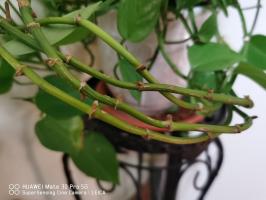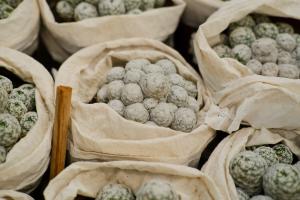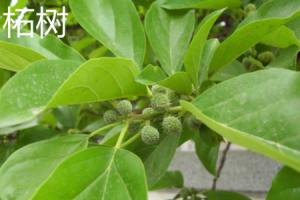How to Easily Water Plants
Watering plants is an essential activity for keeping them healthy and promoting growth. However, for beginners, it can be a daunting task. Here are some tips on how to easily water plants.
1. Determine the Watering Needs of Your Plants
Not all plants require the same amount of water. Some plants prefer dry conditions, while others need to be kept moist. Knowing the specific watering needs of each of your plants is essential to keep them healthy. You can research the watering requirements of various plants online or consult a gardening expert for advice.
2. Water Them at the Right Time
The best time to water your plants is early in the morning or late in the evening when it's cooler outside. This helps prevent evaporation, as well as reducing the risk of fungal growth. Avoid watering during the hot day, as the water will evaporate too quickly, leaving your plants thirsty and dry.
3. Use the Right Amount of Water
Overwatering can lead to root rot, while underwatering can cause plants to wilt and die. The right amount of water depends on the size of the pot, the type of plant, and the weather conditions. In general, water thoroughly until the water starts to drain out of the bottom of the pot. This ensures that the soil is well-hydrated.
4. Avoid Watering the Leaves
Watering the leaves of your plants can cause damage, especially if it's done during the hot part of the day. Instead, water the soil around the plant to allow the water to reach the roots. Use a watering can or a hose with a gentle spray to avoid damaging the plant's delicate foliage.
5. Consider Using a Self-Watering System
For those who want to make watering plants easier, using a self-watering system is a great option. These systems automatically dispense water into the soil as needed, reducing the frequency of manual watering. They come in various sizes and styles, including self-watering pots, planters, and irrigation systems.
6. Be Consistent with Your Watering Schedule
Consistency is key when it comes to watering your plants. Create a routine and try to stick to it. This helps your plants establish a regular water supply, which encourages healthy growth. Remember to adjust your watering schedule based on changes in weather conditions and plant growth.
Conclusion
Watering plants doesn't have to be a complicated task. By understanding the specific watering needs of your plants, using the right amount of water, and being consistent with your watering schedule, you can easily keep your plants healthy and thriving. And if you're looking to simplify your plant care routine, consider using a self-watering system.

 how many times do yo...
how many times do yo... how many planted tre...
how many planted tre... how many pine trees ...
how many pine trees ... how many pecan trees...
how many pecan trees... how many plants comp...
how many plants comp... how many plants can ...
how many plants can ... how many plants and ...
how many plants and ... how many pepper plan...
how many pepper plan...































